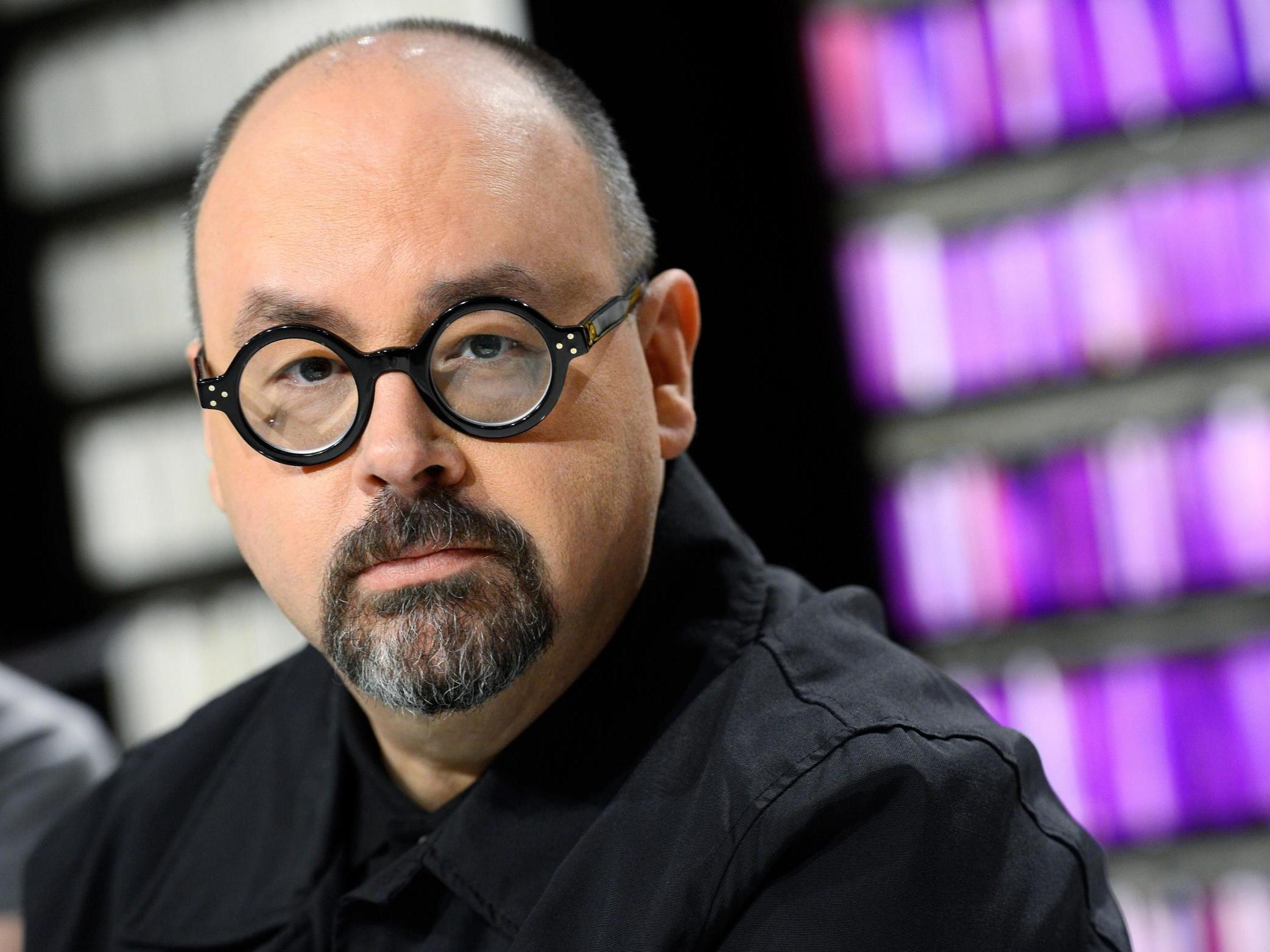Carlos Ruiz Zafon: Author of bestseller ‘The Shadow of the Wind’
He won early recognition with a string of novels for young adults before going on to greater success with the 2001 literary thriller set in post-civil war Barcelona

Your support helps us to tell the story
From reproductive rights to climate change to Big Tech, The Independent is on the ground when the story is developing. Whether it's investigating the financials of Elon Musk's pro-Trump PAC or producing our latest documentary, 'The A Word', which shines a light on the American women fighting for reproductive rights, we know how important it is to parse out the facts from the messaging.
At such a critical moment in US history, we need reporters on the ground. Your donation allows us to keep sending journalists to speak to both sides of the story.
The Independent is trusted by Americans across the entire political spectrum. And unlike many other quality news outlets, we choose not to lock Americans out of our reporting and analysis with paywalls. We believe quality journalism should be available to everyone, paid for by those who can afford it.
Your support makes all the difference.Carlos Ruiz Zafon, who has died aged 55, was the writer of the worldwide bestselling book The Shadow of the Wind. In this thriller, a literary masterpiece, Ruiz Zafon introduces his readers to the Cemetery of Forgotten Books. This is a place not only inhabited by neglected or forgotten books, but haunted by lost ideas and missing people, symbolising the destruction of Spain’s history and memories under the Franco regime.
Ruiz Zafon was born in Barcelona in 1964, the son of Fina Zafon and Justo Ruiz, an insurance broker. His parents encouraged the young Carlos, who soon became a voracious reader and keen writer. He attended San Ignacio de Sarria School and had begun reading information science at university, but dropped out after a year to join an advertising company.
It was around this time that he began writing for young adults and soon found success with his first novel El principe de la niebla (The Prince of the Mist), a horror mystery first published in 1993. Set in the 1940s, it tells the tale of Max Carver, the son of a watchmaker, who has moved out of the city during the war. Their new home seems haunted by memories of the previous owner’s son, who had died by drowning.
This debut work won Ruiz Zafon the Edebe Prize, together with an award of 4 million pesetas, which he used to relocate to California, accompanied by his wife MariCarmen. Based in Los Angeles, he worked as a screenwriter and followed up with three more novels aimed at young adults, including El palacio de la medianoche (The Midnight Palace, 1994) and Las luces de septiembre (September Lights, 1995).
Despite early acclaim, however, he found himself craving an older audience. Speaking later of the transformation that took place in his writing style, he said in an interview with the magazine Three Monkeys Online: “It just came as an accident, as it were, because I found success in that field, and a working writer tends to stick to what pays the bills. At some point I realised I needed to be more honest and true with my own ambitions and goals, and left the safety zone of a field that had been very good to me and plunged into different waters hoping not to sink to the bottom on contact.”
The Shadow of the Wind, the novel for which Ruiz Zafon was best known, was published in 2001. After an initially tepid reception in his home country, the book soon became a hit in the English-speaking world and beyond, selling some 15 million copies to date. Set in post-civil war Barcelona, it tells the story of the protagonist Daniel Sempere, who finds a cursed tome in the Cemetery of Forgotten Books.
Ruiz Zafon cited influences “from Dickens to Cervantes to Orson Welles to Japanese animation”. He attributed the success of his books to his cinematic approach to writing, setting a scene and concentrating on building pictures in the mind of his reader. As he once said, “I tend to think in images. My storytelling has much to do with film and with the grammar of images and sounds, but it always comes back to books.” Elsewhere, he said of the writing craft: “The entire world you are stepping into as a reader must feel real. It must have resonance, you must be able to touch the light, smell the smells.”
Yet, in spite of this emphasis on the visual richness of his stories, Ruiz Zafon had always declined offers to adapt his work to film, insisting that he did not need the money and that his words should suffice to paint the picture. His eight novels have been translated into 40 languages and sold more than 38 million copies worldwide.
He died in Los Angeles from colon cancer and is survived by MariCarmen, a translator, whom he married in 1993.
Carlos Ruiz Zafon, novelist, born 25 September 1964, died 19 June 2020
Join our commenting forum
Join thought-provoking conversations, follow other Independent readers and see their replies
Comments